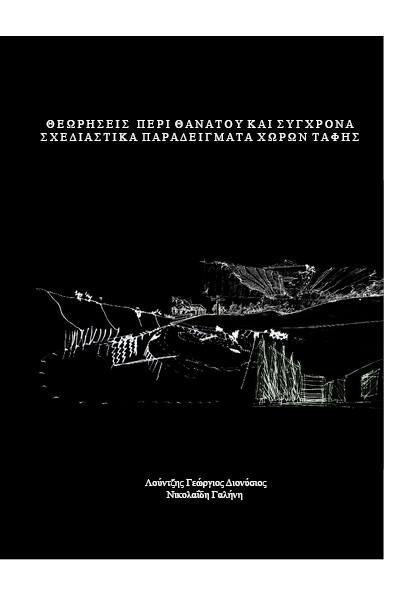The main aim of the research work is the theoretical understanding of the social and cultural condition of death and the critical analysis of important burial sites in modern Europe. The first section deals with the historical investigation of death, philosophically and culturally, from the Middle Ages to the present day. Through Phillipe Aries and Michel Vovelle works, we approach the changes in attitudes, perceptions and rituals around the question of the response to death. It is the transition from death as an acceptable fact, to its expulsion from the public sphere of modern societies, as mentioned in the work of Geoffrey Gorer and its proclamation as a political issue in an era of prosperous industrialism through the views of Michel Foucault and Giorgio Agamben. The second section of the research examines the influence of the above considerations on the design of contemporary examples of burial sites in Europe, on their spatial development and emerging urban dynamics, in combination with their transcendental character. At the same time, they are studied as other places, as mentioned in the work of Michel Foucault, as well as as important spatial carriers of meanings related to the changing nature of society and its urban and local reserve. Finally, through the analysis of contemporary design examples, issues of urban integration and local composition are approached in contemporary cemeteries in the European North and South and their emergence as reference points in the tissue and city life.
Theories of death and contemporary design examples of burial sites
ARTICLES
22MAR 2021

# TITLE: Theories of death and contemporary design examples of burial sites
# STUDENTS: Loutzis G. Nikolaidi G.
# DATE: 2020
# COURSE: Research Thesis
# SCHOOL / DEPARTMENT: Chatzisavva D.


